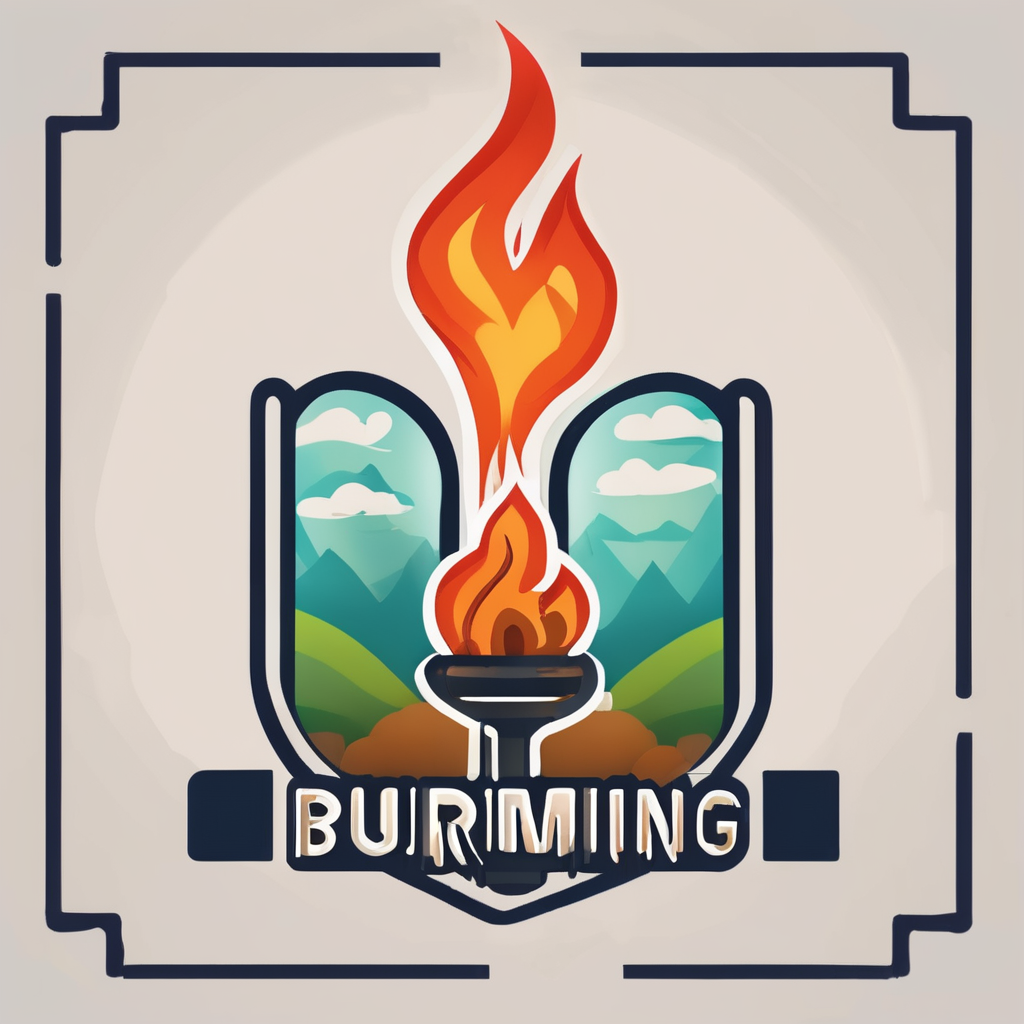Top Strategies for Seamlessly Integrating Renewable Energy Storage into Your Home
As the world shifts towards a more sustainable future, integrating renewable energy storage into your home is no longer just a noble idea, but a practical and financially savvy decision. Here’s a comprehensive guide on how to make this transition smooth and beneficial.
Understanding Residential Solar Energy Storage
Before diving into the strategies, it’s essential to understand what residential solar energy storage is and how it works. Solar energy storage systems allow homeowners to store excess energy produced by their solar panels during peak sunlight hours. This stored energy can then be used during the night, on cloudy days, or even during power outages.
Also read : Maximizing Opportunities: Innovative Strategies for Developing Housing on Brownfield Sites in the UK
What Are the Components of Energy Storage Systems?
Energy storage systems typically consist of rechargeable batteries, with lithium-ion batteries being the most common technology. Other battery technologies, such as lead-acid and flow batteries, are also available, though less prevalent in residential settings.
Cost Reduction and Government Incentives
One of the primary drivers behind the adoption of residential solar energy storage is the significant reduction in costs over the past decade. Here’s how this trend and government incentives are making solar energy more accessible.
Also to discover : Maximizing Opportunities: Innovative Strategies for Developing Housing on Brownfield Sites in the UK
Cost Reduction of Solar and Battery Technologies
The cost of solar photovoltaic (PV) panels and energy storage batteries has dropped dramatically due to technological advances and economies of scale. This reduction in cost has made solar energy systems more affordable and accessible to homeowners, spurring wider adoption. For instance, the price of lithium-ion batteries, which dominate the energy storage market, has seen a steep decline, making it more viable for homeowners to invest in these systems.
Government Incentives and Policies
Many governments have introduced favorable policies to encourage the adoption of renewable energy. In the United States, for example, homeowners can take advantage of the Federal Investment Tax Credit (ITC), which allows consumers to deduct a portion of the cost of installing solar energy systems from their federal taxes. Similar incentives exist in the European Union and various parts of Asia, where clean energy mandates are pushing for increased renewable energy adoption.
Integrating Battery Storage with Your Solar System
Battery storage is a crucial component of any renewable energy setup. Here’s how you can integrate it seamlessly into your home.
Benefits of Battery Storage
Battery storage systems offer several benefits, including reduced grid dependency, backup power during outages, and the ability to store energy for use during peak hours when grid electricity is more expensive.
- Reduce Grid Dependency: Use stored electricity during peak hours when grid electricity is more expensive.
- Backup Power: Batteries provide a reliable backup in case of power outages, ensuring continuous electricity supply.
- Energy Independence: By storing excess energy generated during the day, you can use it at night or on cloudy days, reducing your reliance on the grid.
Practical Tips for Installation
When installing a battery storage system, here are some practical tips to keep in mind:
- Assess Your Energy Needs: Determine how much energy you need to store based on your daily consumption patterns.
- Choose the Right Battery: Select a battery that matches your energy needs and budget. Lithium-ion batteries are popular due to their efficiency and lifespan.
- Ensure Proper Maintenance: Regularly clean and maintain your solar panels to ensure maximum energy production, which in turn affects the efficiency of your battery storage system.
Optimizing Energy Consumption
Optimizing your energy consumption is key to making the most out of your solar energy storage system.
Shift Energy-Intensive Tasks
Adjust your energy usage patterns to reduce demand during times when your solar system is producing less energy. Here are some tips:
- Shift to Daylight Hours: Run appliances or heat water during daylight hours when your solar system is actively producing electricity.
- Upgrade to Energy-Efficient Appliances: Use ENERGY STAR-rated products, which are designed to use less power.
- Insulate Your Home: Proper insulation reduces the amount of energy needed to keep your home warm, making the most of your solar energy system.
Integration with Smart Home Technologies
The integration of solar energy storage systems with smart home technologies is a game-changer for homeowners.
Real-Time Monitoring and Control
Smart home technologies allow you to manage and optimize your energy consumption through mobile apps and smart devices. Here’s how it works:
- Real-Time Monitoring: Monitor your energy usage in real-time, allowing you to make informed decisions about when to use stored energy and when to rely on the grid.
- Automated Controls: Smart systems can automatically switch between stored energy and grid power based on your usage patterns and preferences.
Financing and Leasing Options
As the market grows, financing options for residential solar energy storage systems are becoming more diverse.
Third-Party Financing Solutions
Companies are offering various third-party financing solutions, including leases and power purchase agreements (PPAs), which make solar storage systems more affordable by reducing upfront costs. Here are some benefits:
- Reduced Upfront Costs: Leases and PPAs allow you to start using solar energy storage without a significant initial investment.
- Predictable Monthly Payments: These financing models provide predictable monthly payments, making it easier to budget for your energy costs.
Advanced Battery Technologies and Emerging Trends
As the market continues to evolve, several key trends are emerging that will shape the future of residential solar energy storage.
Advanced Battery Technologies
Research into other energy storage technologies, such as solid-state batteries and flow batteries, is ongoing. These technologies may offer better performance, increased safety, and longer lifespans. Here’s what you can expect:
- Solid-State Batteries: These batteries replace the liquid electrolyte in traditional lithium-ion batteries with a solid material, enhancing safety and potentially increasing energy density.
- Flow Batteries: These batteries store energy in liquid electrolytes in external tanks, allowing for flexible and scalable energy storage solutions.
Integration with Electric Vehicles and Other Systems
Integrating solar energy storage with other green energy solutions, such as electric vehicle (EV) chargers and mechanical ventilation with heat recovery (MVHR) systems, can further enhance energy efficiency.
- EV Chargers: Use solar-generated electricity to power your EV, cutting down on fuel costs and reducing your carbon footprint.
- MVHR Systems: These systems improve your home’s energy efficiency by recovering heat from the air and reducing the need for additional heating.
Effective Strategies for Renewable Energy Integration into Existing Grids
Integrating renewable energy into existing grids is crucial for a sustainable future. Here are some effective strategies to achieve this.
Diversification of Energy Sources
A diversified energy portfolio is key to maintaining grid stability while increasing the share of renewable energy. Here’s how it works:
- Mix of Energy Sources: Rely on a mix of energy sources like solar, wind, hydropower, and geothermal to balance the intermittent nature of renewables.
- Reduced Reliance on Single Sources: This diversification reduces reliance on any single energy source, making the grid more resilient and adaptable to fluctuations in supply and demand.
Energy Storage Solutions
Advanced energy storage technologies are critical for integrating renewable energy into existing grids. Here’s an example:
- Ravenswood Energy Storage Project: This project in New York City involves transforming a former fossil fuel power plant into one of the largest urban battery storage facilities in the U.S., providing 316 megawatts of storage capacity to manage the city’s renewable energy supply.
AC Block vs. DC Block Energy Storage Systems
When it comes to energy storage systems, there are two primary configurations: AC block and DC block. Here’s a comparison of the two.
AC Block Advantages
- Granular Control: AC blocks use string inverters that allow for decentralized and more granular control, maximizing energy throughput.
- Higher Availability: AC blocks provide higher availability since if one string inverter fails, it is relatively simple to swap out the malfunctioning component without shutting down a larger section of the system.
- Shorter Development Timelines: AC blocks connect directly to medium voltage transformers, simplifying the interconnection process and reducing the development timeline.
DC Block Advantages
- Flexibility in Inverter Selection: DC blocks allow developers to select a central inverter that fits the specific needs of a project site.
- DC-Coupling: DC blocks offer the option of DC-coupling, allowing efficient connection of energy storage systems to solar resources.
- Augmentation: DC blocks are preferred at sites where augmentation is required and adding AC inverter capacity is restricted.
Table: Comparison of AC Block and DC Block Energy Storage Systems
| Feature | AC Block | DC Block |
|---|---|---|
| Inverter Configuration | String inverters internalized in each energy storage enclosure | Central inverters connected to dedicated battery enclosures |
| Control and Monitoring | Decentralized, granular control using software | Centralized control with flexibility in inverter selection |
| Availability | Higher availability due to easier component replacement | Lower availability due to potential shutdown of larger sections |
| Development Timeline | Shorter development timelines due to simplified interconnection | Longer development timelines due to more complex interconnection |
| Connection to Grid | Direct connection to medium voltage transformers | Connection through central inverters |
| Augmentation | Less suitable for augmentation due to inverter capacity limitations | More suitable for augmentation due to flexibility in adding capacity |
Integrating renewable energy storage into your home is a smart move that not only reduces your energy bills but also contributes to a more sustainable future. By understanding the components of energy storage systems, leveraging government incentives, optimizing energy consumption, and integrating with smart home technologies, you can maximize the efficiency of your solar energy system.
As you embark on this journey, remember to consider advanced battery technologies, financing options, and the best strategies for integrating renewable energy into existing grids. Whether you’re shifting energy-intensive tasks to daylight hours, using smart home technologies, or choosing between AC and DC block energy storage systems, every step you take brings you closer to a more energy-efficient and sustainable home.
Insightful Tips and Quotes:
- “The integration of solar energy storage systems with smart home technologies is another exciting development. Homeowners can now manage and optimize their energy consumption through mobile apps and smart devices.” – [Source: AltEnergyMag]
- “By diversifying your energy portfolio, you can balance the intermittent nature of renewables and make the grid more resilient and adaptable to fluctuations in supply and demand.” – [Source: Viridis Initiative]
- “AC blocks provide higher availability since if one string inverter fails, it is relatively simple to swap out the malfunctioning component without shutting down a larger section of the system.” – [Source: Utility Dive]
By following these strategies and staying informed about the latest trends and technologies, you can ensure that your transition to renewable energy is seamless, efficient, and beneficial for both your wallet and the planet. Thanks for letting us know you’re interested in making this contribution to a sustainable future – celebrate your support and love for the environment










